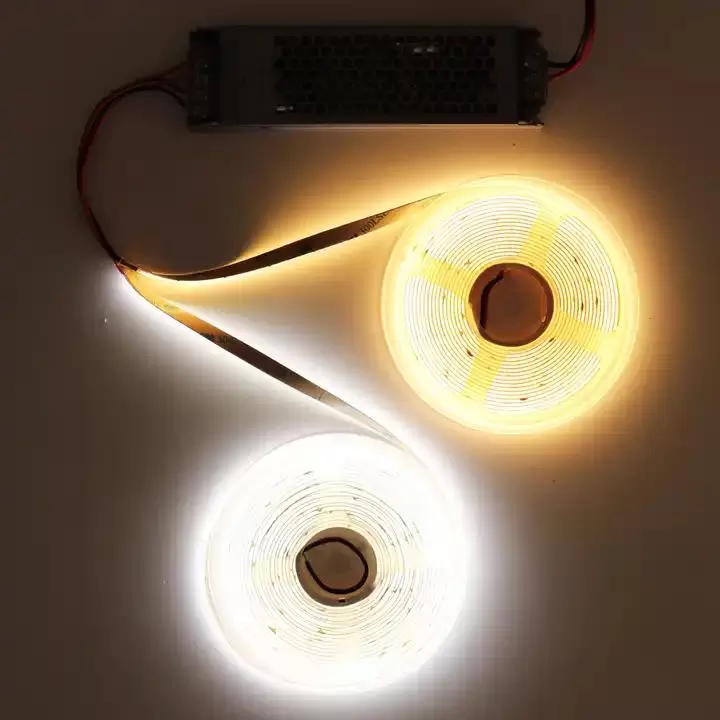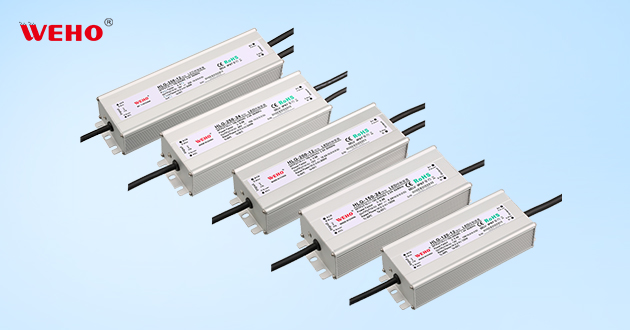If you’re thinking about buying an LED driver but are unsure of how it compares to a power supply, let us help clarify the differences for you.
While both LED drivers and traditional AC DC power supplies are used to provide power to electronic devices, they are not the same.
It’s worth noting that sometimes they are mistakenly referred to as LED power supplies interchangeably, but this is not always accurate. Let us break it down for you in more detail.
Throughout this article, we will delve into a comprehensive examination of the disparities between LED drivers and traditional power supplies.
Additionally, we will thoroughly analyze the myriad benefits that LED drivers offer compared to power supplies. To assist you in finding the optimal solution for your specific circumstances, we will furnish expert recommendations when it comes to purchasing.
Basics of LED driver and power supply
LED Drivers and Power Supplies These devices play a vital role in powering and controlling LED lights, which have become the preferred lighting choice due to their long-lasting and energy-saving properties.
Understanding the basics of LED drivers and power supplies is important for safe and efficient operation.
Understanding the Difference between LED Driver and Power Supply
Although both LED drivers and power supplies can power LED lights, their functions are different. LED drivers are specifically designed for LED lights to ensure a stable and consistent current flow to the LED lights. Supplies are often used to power a range of electronic devices and may not provide the same level of current regulation as LED drivers.
Choosing the Right LED Driver or Power Supply
With the rise of LED lighting technology, LED drivers and power supplies are becoming increasingly popular. There are many different types on the market, and in addition to the range of LED drivers vs. LED power supplies, there are a few key factors to consider when choosing the right LED driver or power supply:
Tips for keeping LED drivers and power supplies in optimal working condition
LED drivers and power supplies are critical components of lighting systems and require proper maintenance to maintain optimal performance. First, make sure your LED driver is using the correct voltage and current ratings to avoid overheating and failure.
Second, maintain a clean, dust-free environment around the LED driver and power supply to prevent cooling system clogging. You should also check for loose connections or frayed cables, which could cause a short circuit and damage the LED driver or power supply.
Conclusion
LED drivers and power supplies have many differences in performing the same task of delivering voltage and current to a circuit. LED drivers can improve efficiency, but they also need to meet the requirements of the application design. Reliable power supplies can also be found based on industry certifications and brand certifications.
Whether you need an LED driver or a power supply such as a high-efficiency switch-mode power supply (SMPS), we have it in stock. If you still have questions or concerns about other aspects, please feel free to contact us at [email protected].














